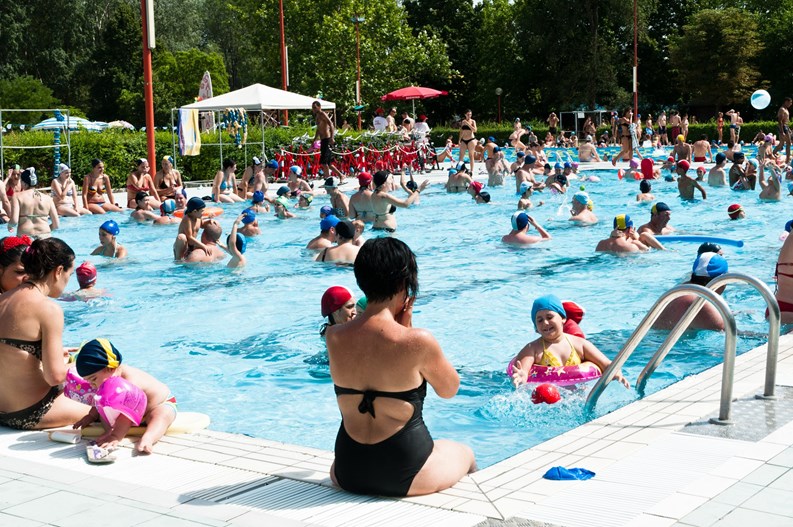Q. Summer’s here and our association pool is becoming a problem. Residents are bringing their entire families, including undisciplined children and grandchildren over for “pool parties” and it’s hard for us to enjoy this amenity that we are paying for. Our board seems to think we just have to accept this. Is there any way for us to impose rules regarding who can use the pool, or when it is open (or not) to children?
—Throwing in the Towel
A.“As summer arrives, condominium associations may face challenges with the use of shared amenities like swimming pools,” says Gina M. Desrochers, associate at Perkins & Anctil, PC, in Westford, Massachusetts. “For community leaders who want to ensure that everyone can enjoy these facilities, it’s important to understand the options they have for managing and regulating pool usage, especially when it comes to accommodating large families and ensuring a pleasant environment for all.
“The first step in addressing pool-related issues is to review your condominium’s governing documents. These documents typically outline the rights and responsibilities of unit owners and provide guidance on the use of common areas, including the pool. If the current rules are unclear or inadequate, you may need to propose amendments or new rules to the board for consideration.
“In Massachusetts, condominium boards generally have the authority to adopt reasonable rules and regulations concerning the use of common elements, including the pool. However, federal and state fair housing laws prohibit discrimination against protected classes, including families with children. This means that boards cannot enact rules that prohibit children entirely from using the pool. Instead, rules should focus on behaviors and safety, ensuring they are reasonable, uniformly enforced, and compliant with legal standards.
“When proposing new rules, focus on objective criteria and behaviors rather than age or family status. For example, you can require a demonstrated ability to swim for access to the deep end, applicable to all swimmers. Avoid age-related restrictions unless they serve a legitimate, necessary, and non-discriminatory purpose. Ensure safety and health concerns justify any rule and are not a pretext for excluding children. You may also want to consider limiting the number of guests during peak hours or establishing quiet hours; however, you should ensure these rules are neutral in intent and impact.
“Once new rules are adopted, or if your rules are already up to par, the next step is making sure that you have clear communication and consistent enforcement. Boards may want to post the rules at several central locations, including around the pool area, and distribute them to all residents at the beginning of each swimming season. Publish reminders frequently in the community newsletter, on your website, and on bulletin boards, if applicable.
“By focusing on behaviors, making sure that all residents know what is expected in connection with the use of common amenities, and implementing consistent enforcement policies, boards can be well positioned to make sure that everyone has an enjoyable and safe experience at the pool this summer.”










Leave a Comment